Roof Vent Boot Repair Timing Guide
Roof vent boot repairs are essential for maintaining roof integrity and preventing leaks. The optimal time for repairs depends on weather conditions, roof age, and signs of damage. Addressing issues promptly can extend the lifespan of roofing components and prevent costly repairs.
Spring and fall are ideal for roof vent boot repairs due to moderate weather, reducing the risk of weather-related delays.
Perform repairs during dry periods with low humidity to ensure proper sealing and adhesion of materials.
Older roofs or those showing signs of wear benefit from repairs before harsh weather seasons to prevent leaks.
Cracks, missing shingles, or visible damage to vent boots indicate the need for immediate repairs regardless of season.
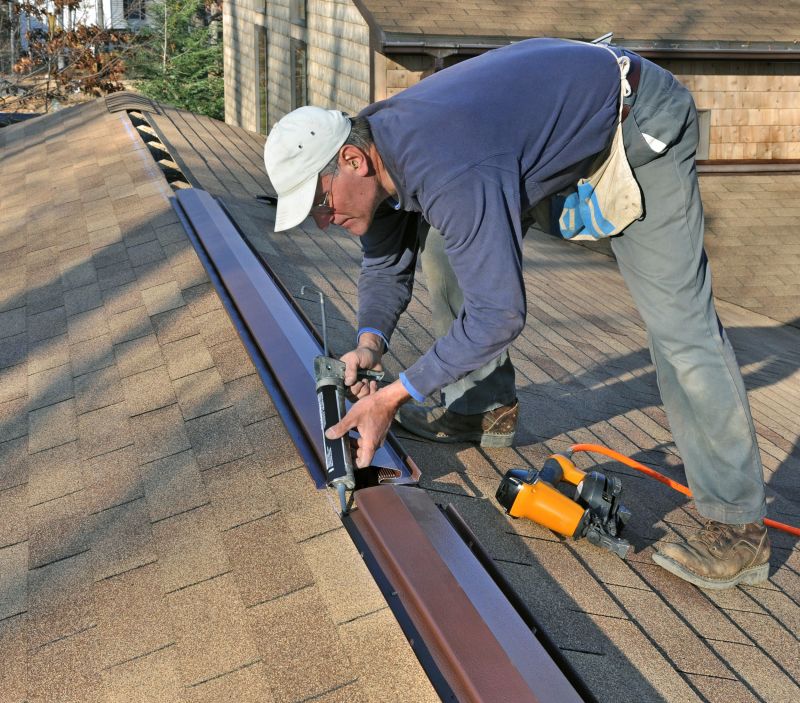
Ways to make Roof Vent Boot Repairs work in tight or awkward layouts.
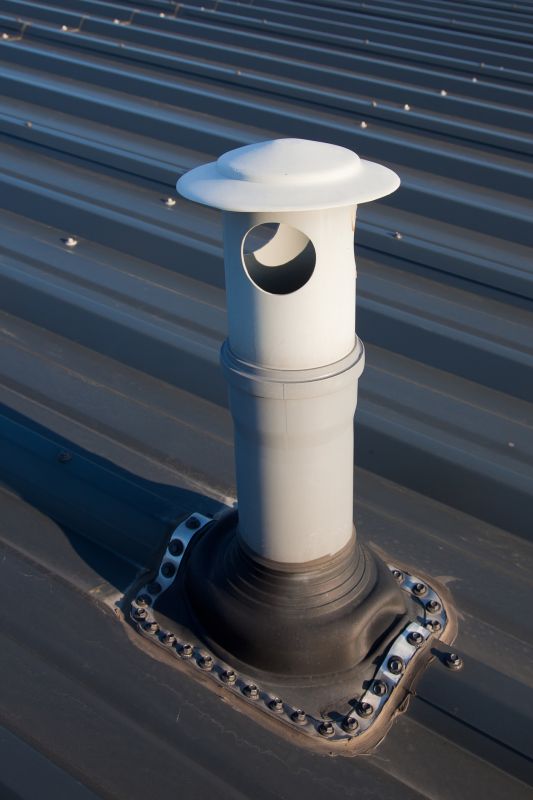
Popular materials for Roof Vent Boot Repairs and why they hold up over time.

Simple add-ons that improve Roof Vent Boot Repairs without blowing the budget.

High-end options that actually feel worth it for Roof Vent Boot Repairs.
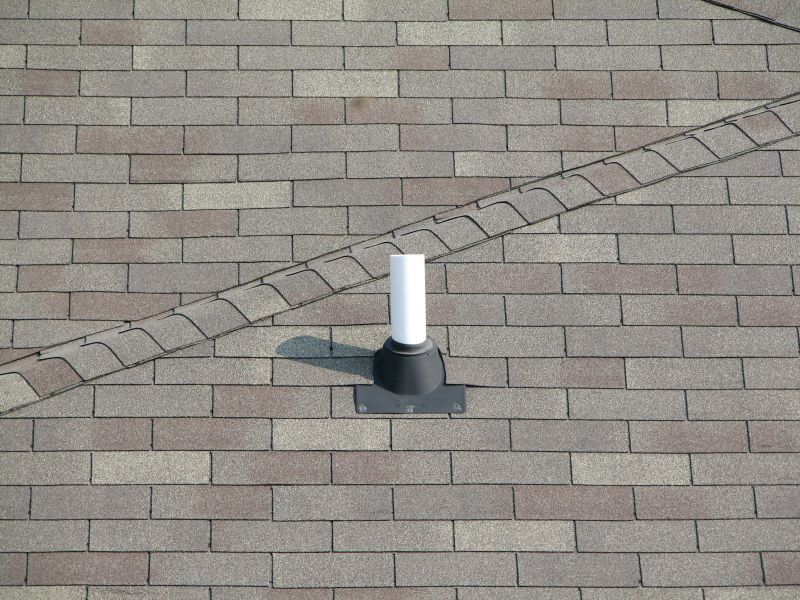
Finishes and colors that play nicely with Roof Vent Boot Repairs.
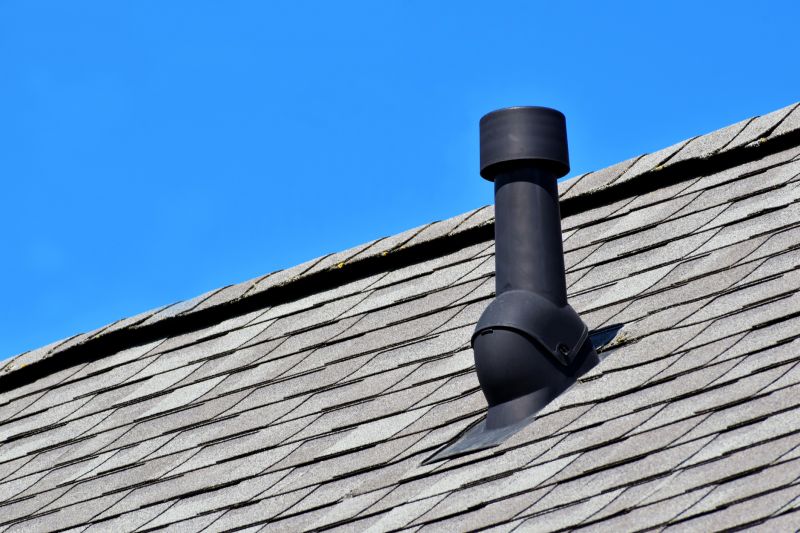
Little measurements that prevent headaches on Roof Vent Boot Repairs day.
Roof vent boots are crucial components that seal around roof penetrations, preventing water intrusion. Over time, exposure to weather elements can cause deterioration, leading to leaks and structural issues. Statistics show that improper sealing or damage to vent boots accounts for a significant percentage of roof leaks annually. Regular inspections and timely repairs can mitigate these risks, saving costs and extending the roof's lifespan.
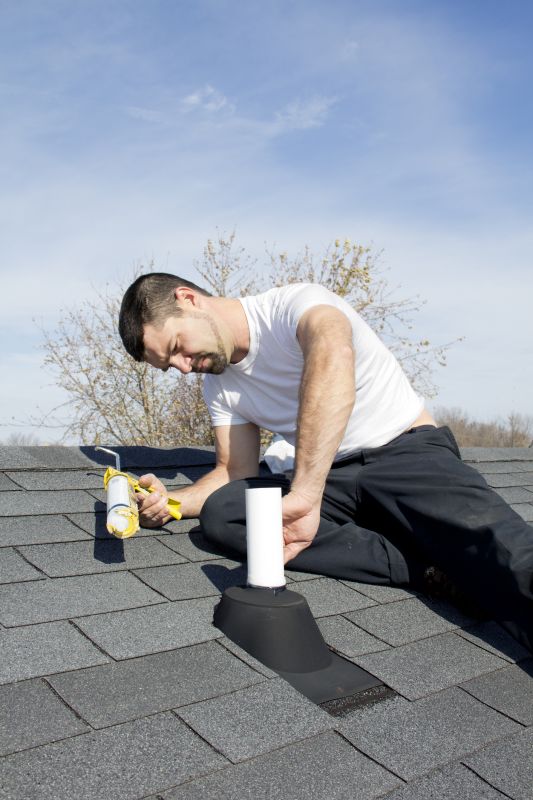
A 60-second routine that keeps Roof Vent Boot Repairs looking new.
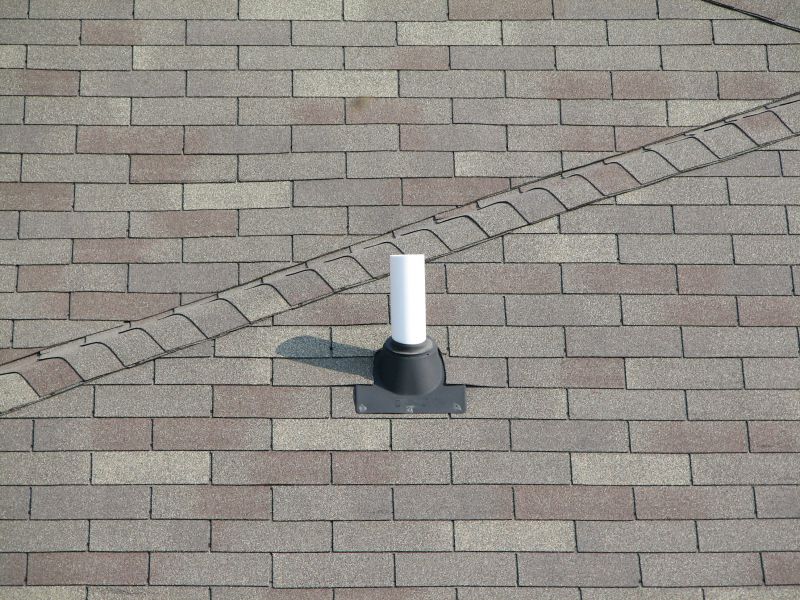
A frequent mistake in Roof Vent Boot Repairs and how to dodge it.
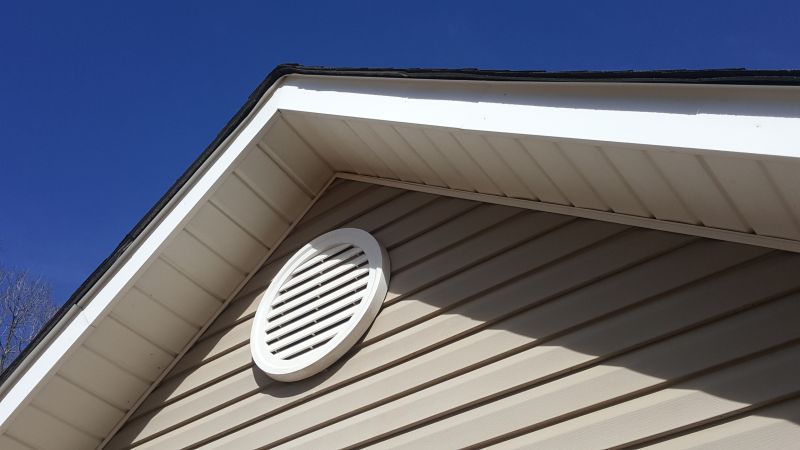
Small tweaks to make Roof Vent Boot Repairs safer and easier to use.
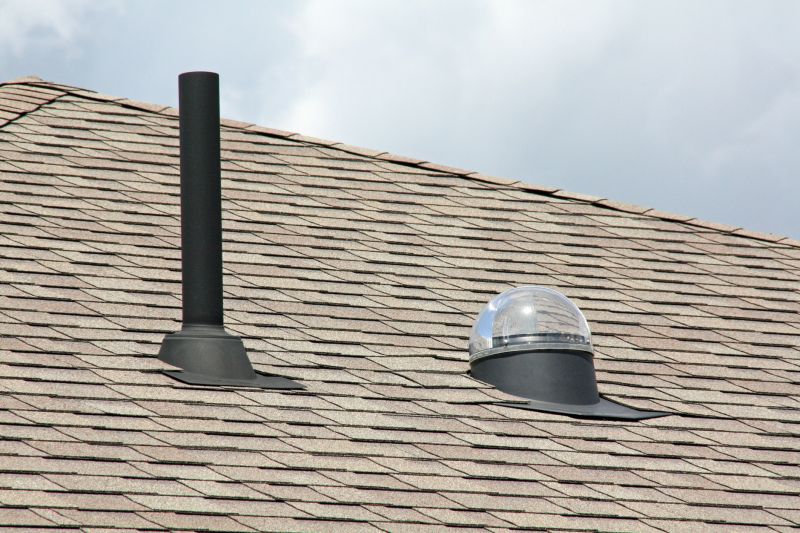
Lower-waste or water-saving choices for Roof Vent Boot Repairs.
| Season | Recommended Repair Timing |
|---|---|
| Spring | Ideal for addressing minor damages and preparing for summer storms. |
| Summer | Suitable during dry spells, especially after storms or high winds. |
| Fall | Best time for repairs before winter weather sets in. |
| Winter | Not recommended due to cold temperatures and potential for snow and ice. |
| Post-Storm | Immediate inspection and repair after severe weather events. |
